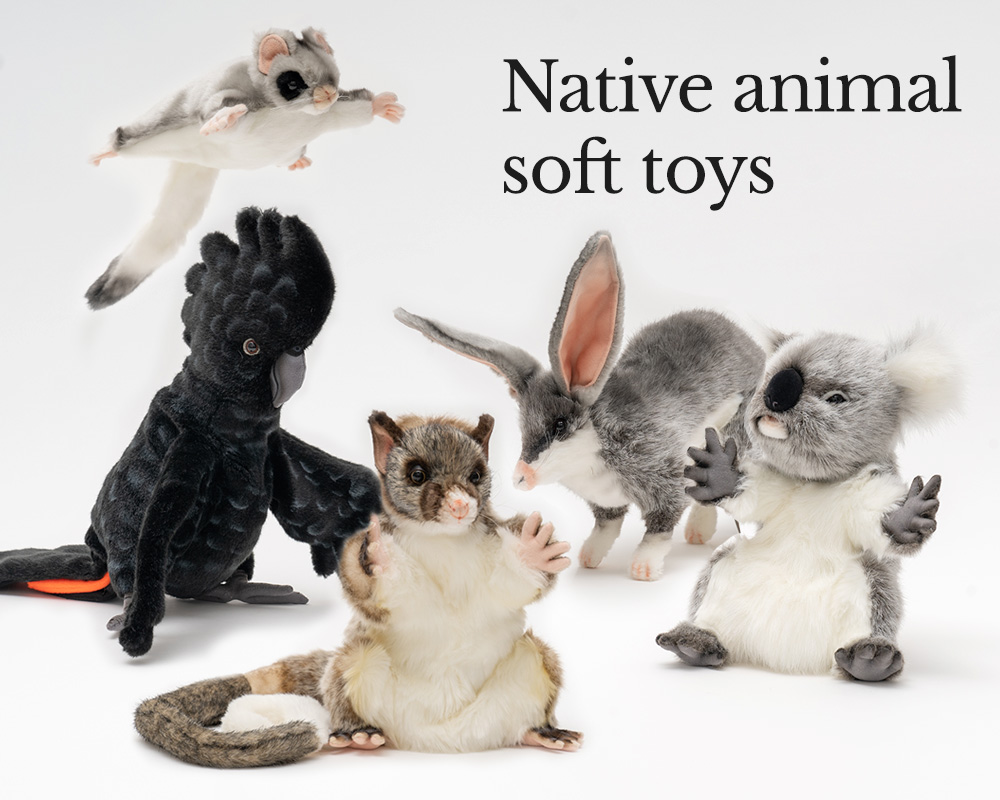Gallery: Aboriginal inventions

BOOMERANG. The boomerang‘s distinctive sound and remarkable return flight has made it famous throughout the world. Other cultures invented throwing sticks with controllable motion and spin, but the boomerang was a purely Aboriginal invention. The angled shape with asymmetrical curves makes use of one of the most complicated principles of aerodynamics: asymmetrical lift.
Photo Credit: Australian Museum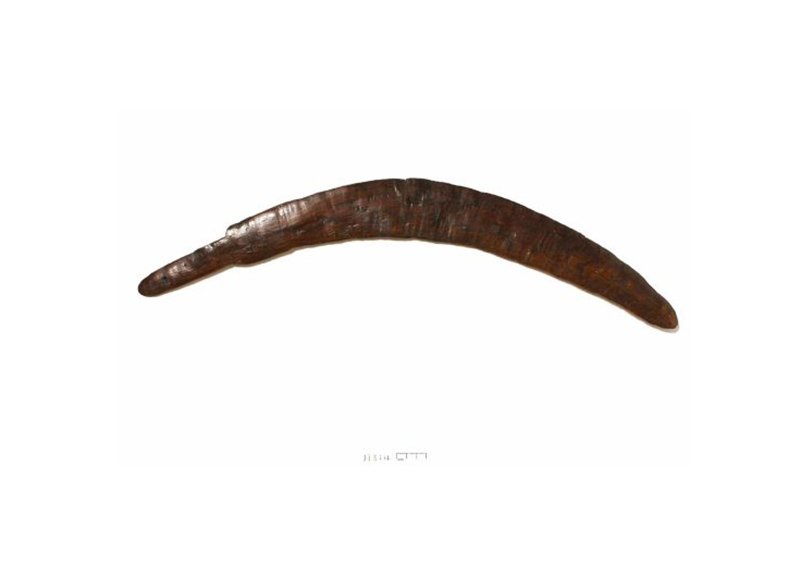
WOOMERA. The woomera is another uniquely Aboriginal invention that uses leverage to allow a spear to be thrown up to three times further. Witnesses report seeing spears thrown with enough force to skewer the trunk of a full-grown eucalyptus tree! Typically, the woomera was made by shaping a piece of hardwood into a long, thin handle and attaching a stone to the base to hold a spear-end in place.
Photo Credit: Australian Museum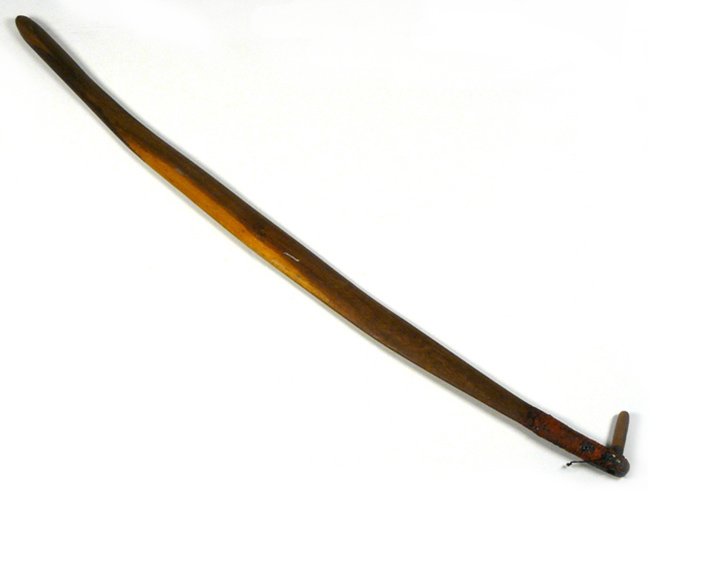
RESINS. Aboriginal people made a powerful thermoplastic resin from porcupine grass and grass trees. They beat the resin out of the grass, then cleaned it and heated it over fire to create a sticky black substance. The resulting resin hardened as it cooled and was strong enough to bind rock to wood. This resin was used to create tools such as spears, woomeras and axes.
Photo Credit: Warren Field/Australian Geographic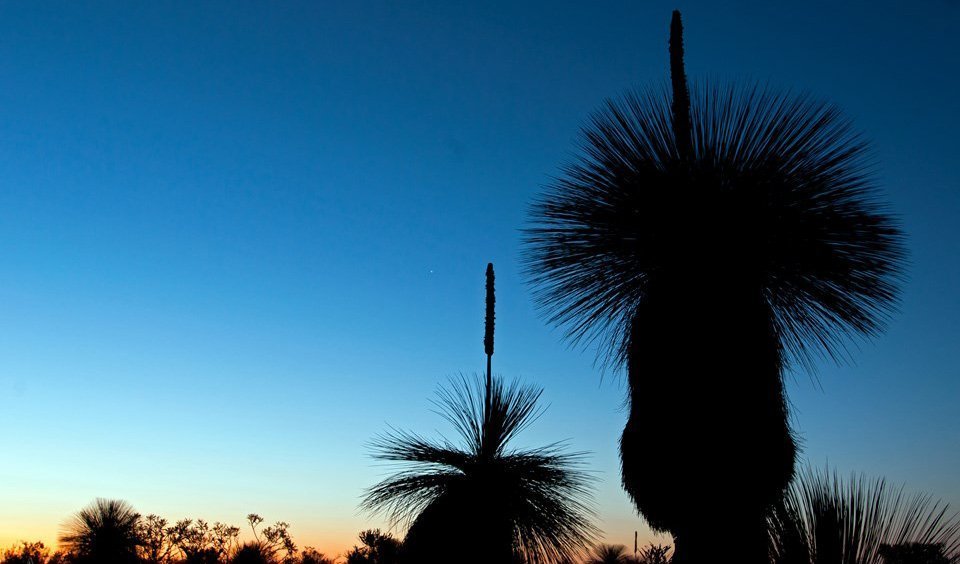
FISH TRAPS. Aboriginal people demonstrated a sophisticated understanding of engineering, physics and aquaculture in the design of elaborate stone fish traps in NSW, and the 100 sq.km eel farm at Lake Condah in Victoria. They made these fish farms by creating complex systems of canals, linked weirs and ponds out of river stones. Lake Condah shows evidence of a very large, settled community that harvested and smoked eels to trade. Some of Australia’s Aboriginal fish traps are thought to be up to 40,000 years old. They may be some of the oldest surviving human-made structures in the world.
Photo Credit: Tyrrell Collection/Australian Geographic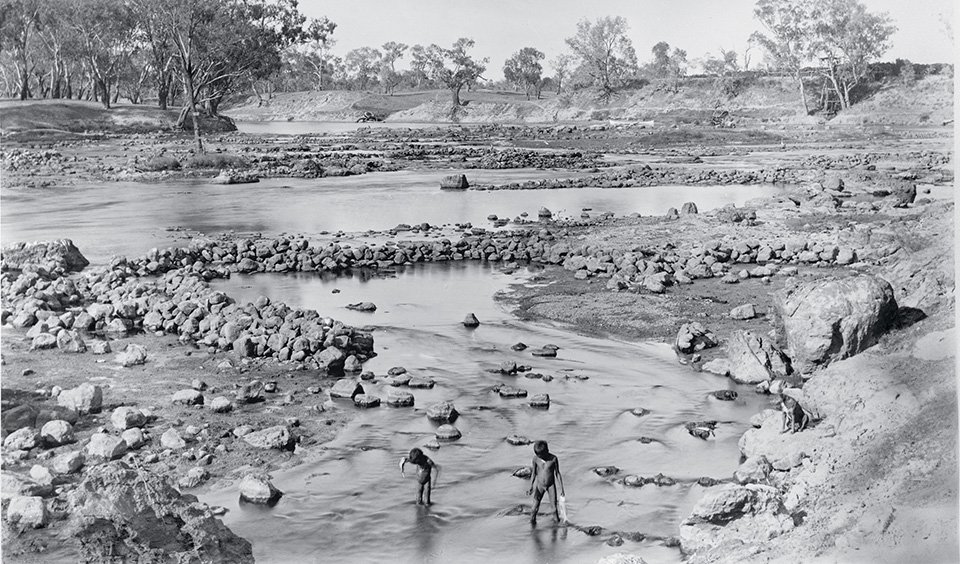
FIRESTICK FARMING. When the first settlers arrived in Sydney, they found fields of open grass that seemed ideal for farming sheep. They didn’t know that Aboriginal people made and actively maintained these fields through a form of controlled burning called ‘firestick farming’. Aboriginal firestick farming was incredibly precise. They could aim the fires in a specific direction to clear tracks through the bush or create open parklands.
Firestick farming flushed out animals that could be killed immediately for food. New grasses grew in the burned off areas, creating ideal conditions for game animals such as wallabies, and encouraging low-growing food plants to grow. Some Aboriginal people have warned that low intensity burning is necessary to prevent more serious fires in Australia.
Photo Credit: Australian Museum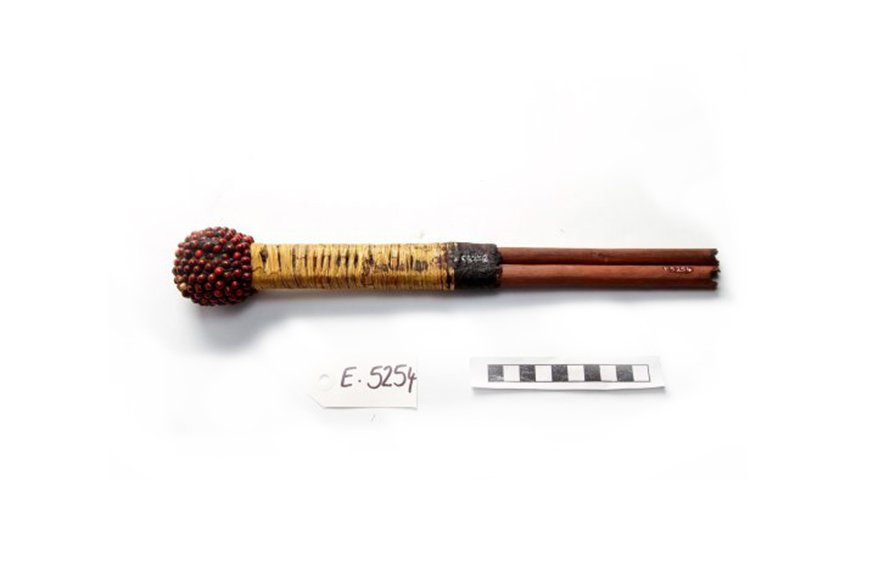
WATER BAG. The Coolgardie Safe, which used capillary action and evaporative cooling to keep food from spoiling, was the ‘household fridge’ of Australia from the 1890s until the mid-twentieth century. It is thought to have been partly inspired by watching Aboriginal people carry water in special bags made of wallaby skin, which used the same principles of heat transfer to keep the water cool.
Photo Credit: Australian Museum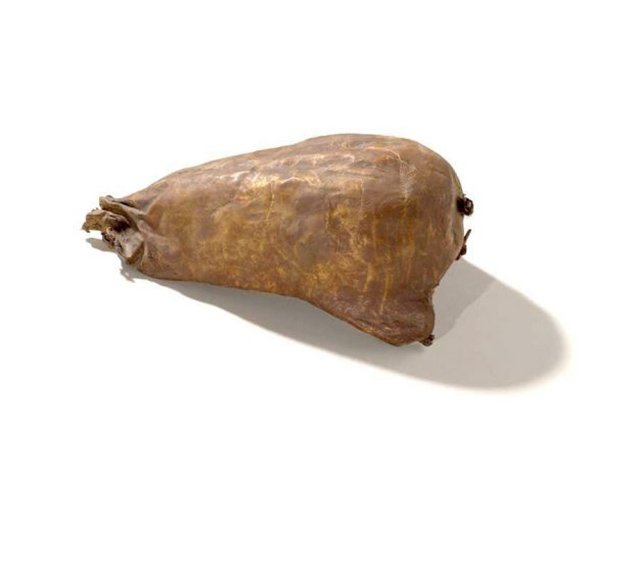
STONE & GLASS TOOLS. Aboriginal stone tools were highly sophisticated in their range and uses. Stone and natural glass were fashioned into chisels, saws, knifes, axes and spearheads. Stone tools were used for hunting, carrying food, for making ochre, nets, clothing, baskets and more. Aboriginal people are thought to be one of the first to use stone tools to grind seeds, and the first to create ground edges on stone tools. They could grind a precision edge from stone that was as sharp as any metal blade found in England in 1788.
Photo Credit: Australian Museum
DIDGERIDOO. The didgeridoo, traditionally played by men in ceremony, is a purely Aboriginal invention and is thought to be the world’s oldest wind instrument. The didgeridoo is deceptively simple in design but is, in fact, a complicated instrument. A termite-hollowed didgeridoo tends to be wider in diameter at the bottom than the top, which creates unusual resonant frequencies. The vocalisations and circular breathing technique required to play it initiate sound wave interactions between the players’ lips and vocal tract, and within the instrument itself. This creates the didgeridoo’s distinctive sound.
Photo Credit: Wikimedia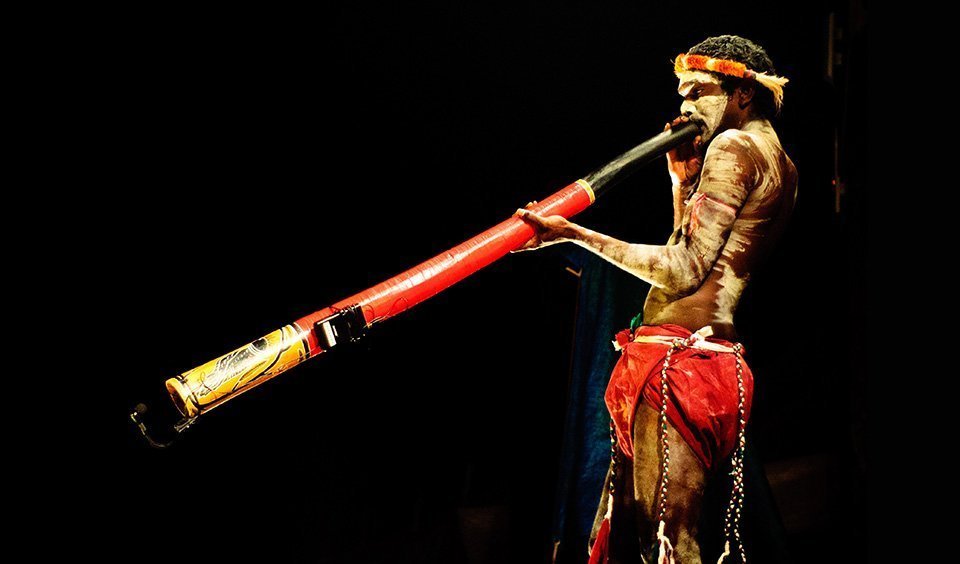
BUSH MEDICINE. Aboriginal people invented countless ways to yield food (like this Kakadu plum) and bush medicine from Australia’s landscape. They fished, hunted, rendered poisonous seeds edible, turned certain moths and grubs into delicious meals, made sweet drinks from native honey and nectar, ground grass seeds to bake an early form of damper. They used tannins to treat inflammation and alkaloids to relieve pain; extracted antiseptics such as tea tree oil to cure infections; and harvested latex to treat ulcers and skin conditions.
Photo Credit: Frances Andrijich / Australian Geographic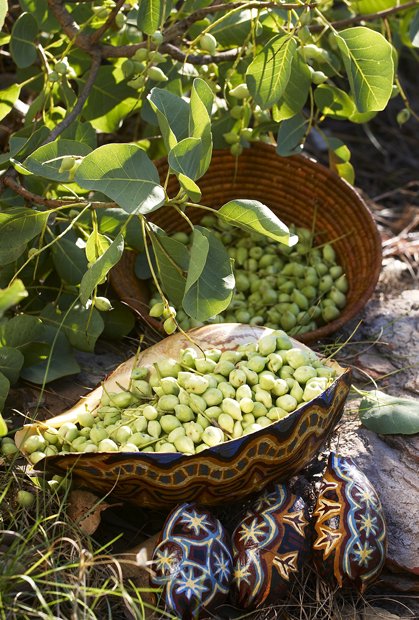
TOYS. Aboriginal adults made rattles, dolls, spinning tops, and balls for their children to play with, as well as small-scale, harmless models of tools and weapons. Children made toy propellers out of strips of long leaves, which they launched into the air in throwing competitions. In North Queensland, Aboriginal men played a game using spinning tops made from a rainforest gourd, beeswax, bark fibre and hardwood. It’s likely that skill at construction as well as spinning was a source of rivalry in these competitions.
Photo Credit: Australian Museum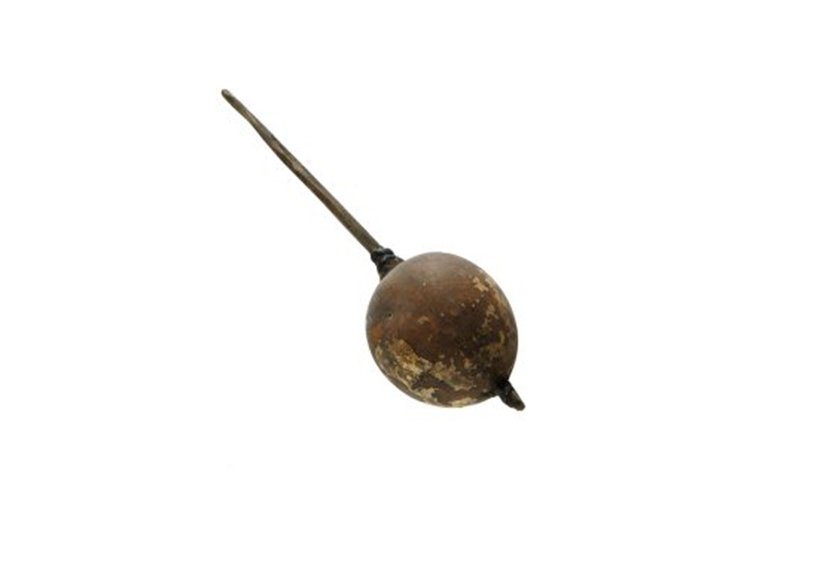
Home Topics History & Culture Gallery: Aboriginal inventions


